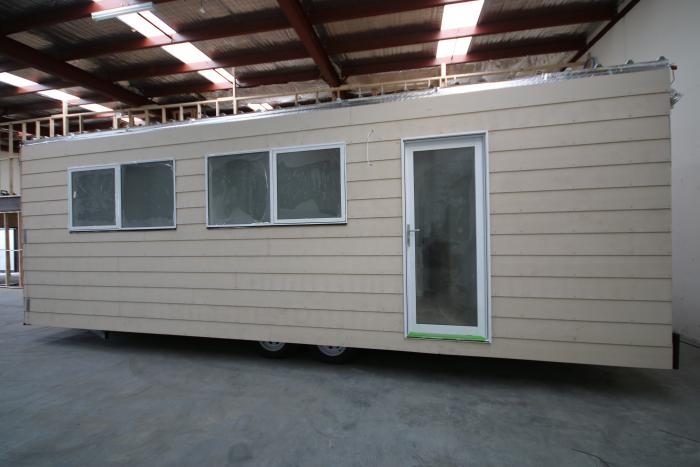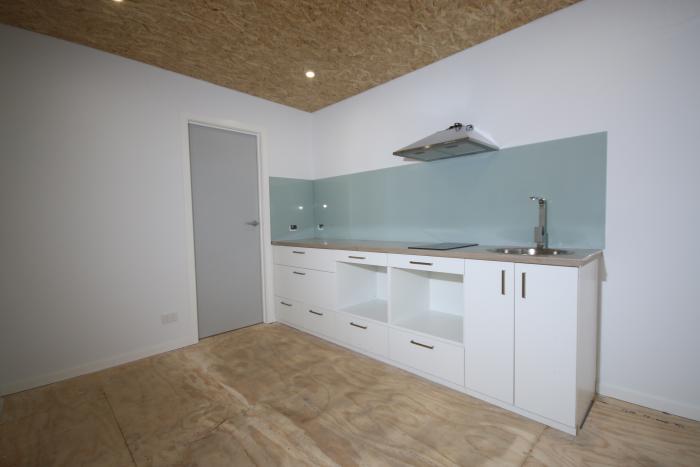Historically, Australia has some of the largest houses in the world but this could be set to change, with a 2017 CommSec report showing the country’s properties are now the smallest in two decades.
At the same time, the tiny home movement has taken off around the world after first gaining attention in the US in 2005 when tiny houses were used to accommodate Hurricane Katrina victims. According to The Tiny House Company, tiny houses are dwellings that are 37m2 or less, and have the character and functionality of a permanent house.
As a result, tiny homes are growing as an alternative lifestyle option for those who want to downsize or are looking for more affordable housing options.
In 2017, Griffith University Cities Research Institute research fellow Dr Heather Shearer conducted a survey on the tiny home movement. Of the 173 respondents, 20% said they had built or were building a tiny house, while another 61% said they intended to build one.
One of the people who have built their own tiny home is Warwick Industries specialist domestic and commercial builder Hayden LePage who has built everything from low-rise commercial buildings to vaults and panic rooms.
‘Micro-Home’, which is Hayden’s own take on a tiny house, has been designed with an emphasis on efficiency and practicality for the home owner.

The 'Micro Home', designed by Warwick Industries specialist domestic and commercial builder Hayden LePage
“We’re all about practicality so we have enough wires and power for the user’s appliance needs. There is a conventional switchboard with 10 circuits and each of them has their own safety switch and it’s all compliant with electrical standards,” says Hayden.
“We’ve really had to think long and hard about where things will go and where consumers might want to put things and the evidence of that is that there are power points every couple of metres.”
Unlike many tiny homes, which often lack sewage and a steady supply of water, Micro-Home has access to clean water and built-in plumbing systems that are industry compliant.
“There are three tanks underneath the floor that separate everything until it needs to be pumped out. This is completely automatic and so silent that it can run along the fence with the power and water, straight into the sewerage system,” says Hayden.
“It’s all serviceable and accessible from inside, underneath the sink because all three tanks are built and manufactured into the chassis. Additionally, all the sewage is pre-macerated and pumped out of a hose so you don’t need to dig up your backyard or get any permits.”

Inside the 'Micro Home'
What really sets Micro-Home apart is the fact that it’s easily customisable, whether it’s an extension to the existing unit or a simple reconfiguration of the walls.
“One of our main goals is that it should look and feel like a normal house. Our team all have young families and we want to give them and other young people some options coming into the market. We’re witnessing the negative impact the housing market is having on the younger generation so we want to make a change,” says Hayden.
The laws around tiny homes vary from state to state and even from local council to local council so if you’re planning on joining the tiny home movement, research is vital!